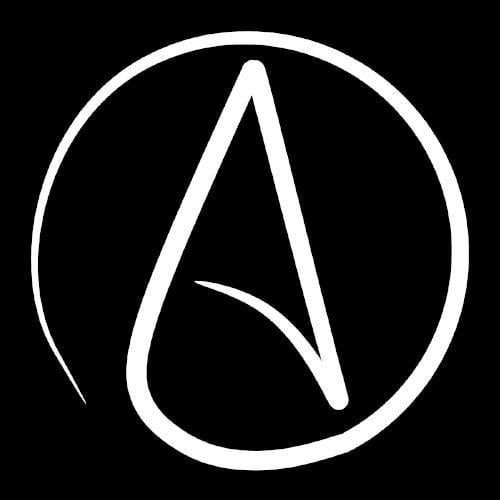Though if you happen to be within Israel or Palestine, you can stream it for free
YTG123
I often use tone tags, so in their absence, try to interpret everything I say as literally as reasonable.
Also:
Formerly @[email protected]
- 1 Post
- 94 Comments

 1·17 天前
1·17 天前Left foot
I’m the exact opposite: I always try to end on the right foot!

 2·25 天前
2·25 天前As far as I know, it’s literally just Linux, so anything is possible
This is one of those pictures you can hear
Fortunately, browsers have safeguards against this sort of thing (activating the camera without user interaction)
…right?
Homo ignorans :)

 19·1 个月前
19·1 个月前That’s just Mexico’s actual name

 2·1 个月前
2·1 个月前I’m not sure how common this is, and I probably need to delve into the literature a bit, but we typically learn that our language has a simple 3-“tense” system (past/present/future). Aside from some obvious exceptions such as a periphrastic past habitual, periphrastic conditional (contrafactual) form, two imperatives and some compounds using the passive participle, I’ve noticed myself using the past and future purely aspectually, such as with present time descriptors.
We also have historical present (but it’s not good literary style) and whatever the future equivalent of that is named.

 2·1 个月前
2·1 个月前Can you give more examples? I’m really curious now
Can anybody transcribe the first word? I can’t make it out
Wouldn’t the same TikTok ban law just catch up to this one too?
That would be the (standard) Spanish, right? Catalan, the local language, has it with /s/
But it’s very language-dependent. English has established names for many places, so you should probably use those. But some languages just don’t, and if you borrow everything, you might as well borrow properly.
The sea.
Only if you’ve answered already
The image in the post shows up purplish for me. Is that a part of the experiment?
I kinda want to try LFS with Nix, but I think that’s literally just NixOS

 1·2 个月前
1·2 个月前I’m actually not sure how it compares to Israel. Might be close too
So why did > ever become greater and < be less than? Doesn’t it also depend on how your text is written? If people reading from right to left or down to up vs left to right and up to down, means it’s reversed.
Yes.
is “greater than” because you’re reading left-to-right. 12 > 9, read: “twelve is greater than nine”. When reading in a right-to-left script, it’s the opposite, but because of how the BiDi spec works, the same Unicode character is actually used for the same semantic meaning, rather than the appearance. Taking the exact same block of text but formatting it right-to-left (using directional isolate characters) yields “12 > 9”, which is still read as a “greater than”, just from right-to-left.Hopefully that makes sense.
So yes, if you copy the
character and paste in any directional environment, it will retain its meaning of “greater than”.Edit: on my phone, the RTL portion is not formatted well. If you can’t see it, try a browser.

 72·3 个月前
72·3 个月前This is still just within the current borders (since ‘67), not the new occupation (…yet?)

 12·3 个月前
12·3 个月前It’s not confusing at all, except in the very specific case of nouns referring to people or animals that don’t have gendered variants.
For example, in my language, the word corresponding to “(a) sheep” has a masculine and feminine form, with the feminine used neutrally. Consequently, when seeing “sheep” in English, I assume the feminine and seeing it used with “he” is a bit of cognitive dissonance.
Similarly, most words for human professions are by default masculine.










If you self-host Bitwarden your can also get the paid tier features